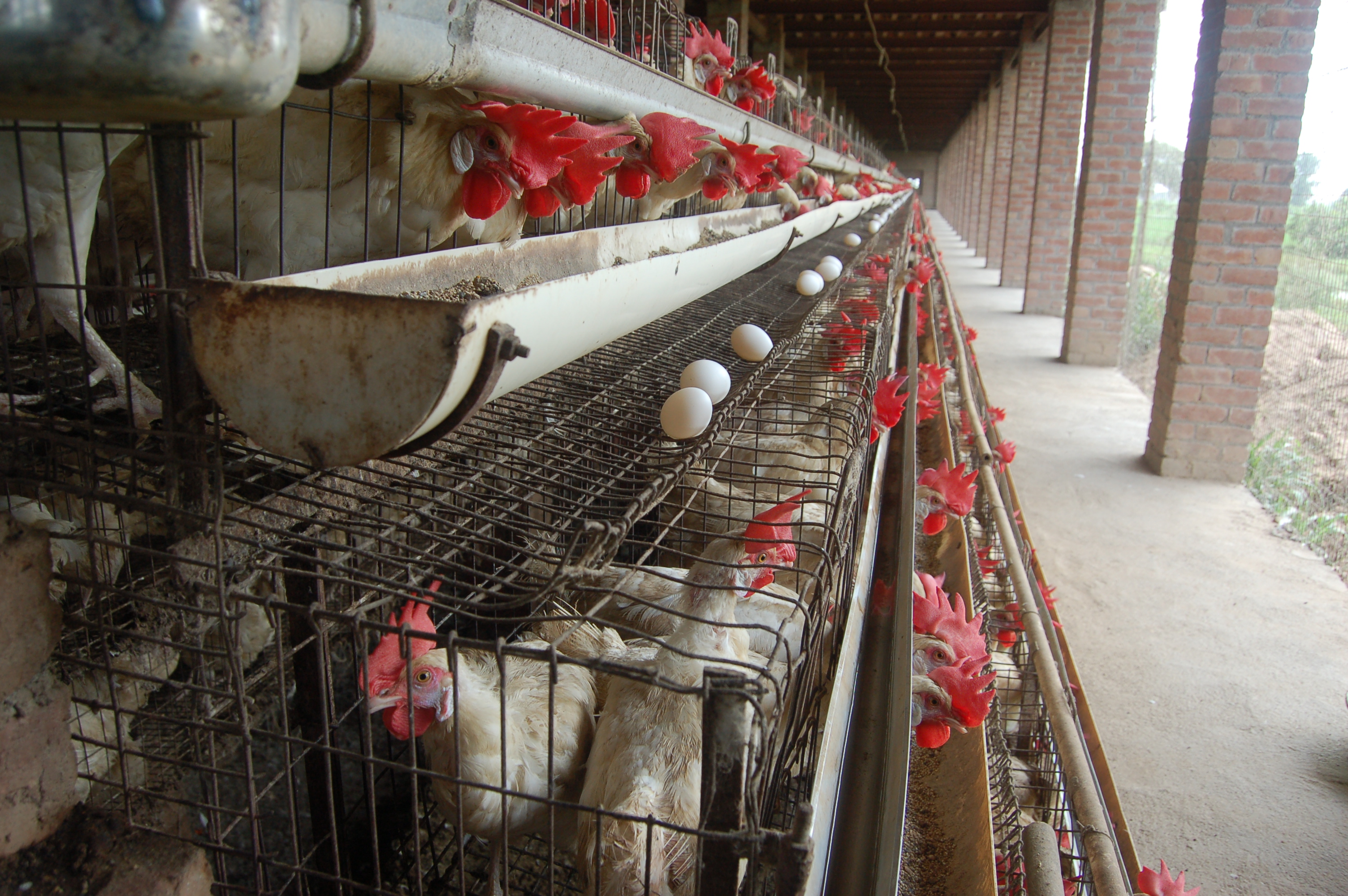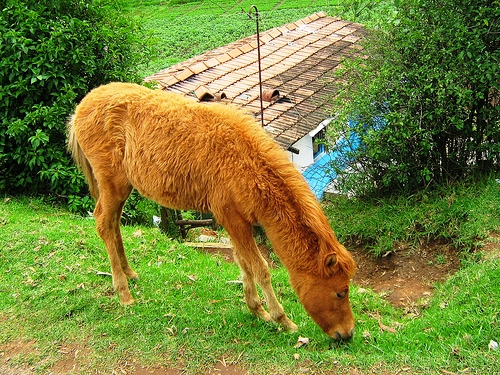Animal husbandry in India on:
[Wikipedia]
[Google]
[Amazon]
Many
 Today, India has the world's largest dairy herd (composed of cows and buffaloes), at over 304 million strong, and stands first in milk production, with 112.5 million tonnes of milk produced in 2009–2010.
Today, India has the world's largest dairy herd (composed of cows and buffaloes), at over 304 million strong, and stands first in milk production, with 112.5 million tonnes of milk produced in 2009–2010.

brightergreen.org
In addition, India's leading poultry producers, including Suguna, Venky's, and the Amrit Group, are increasing sales to countries in other parts of Asia and the Middle East. International investment is also expanding. In 2008, U.S.-based
Animal Husbandry Department, Government of Gujarat
Animal Husbandry Department, Government of Maharashtra
Salient Features of 19th Livestock Census
{{India topics
farmers
A farmer is a person engaged in agriculture, raising living organisms for food or raw materials. The term usually applies to people who do some combination of raising field crops, orchards, vineyards, poultry, or other livestock. A farmer mig ...
in India
India, officially the Republic of India (Hindi: ), is a country in South Asia. It is the List of countries and dependencies by area, seventh-largest country by area, the List of countries and dependencies by population, second-most populous ...
depend on animal husbandry
Animal husbandry is the branch of agriculture concerned with animals that are raised for meat, fibre, milk, or other products. It includes day-to-day care, selective breeding, and the raising of livestock. Husbandry has a long history, starti ...
for their livelihood. In addition to supplying milk
Milk is a white liquid food produced by the mammary glands of mammals. It is the primary source of nutrition for young mammals (including breastfed human infants) before they are able to digest solid food. Immune factors and immune-modulat ...
, meat
Meat is animal flesh that is eaten as food. Humans have hunted, farmed, and scavenged animals for meat since prehistoric times. The establishment of settlements in the Neolithic Revolution allowed the domestication of animals such as chic ...
, eggs, wool, their castings (dung) and hides, animal
Animals are multicellular, eukaryotic organisms in the biological kingdom Animalia. With few exceptions, animals consume organic material, breathe oxygen, are able to move, can reproduce sexually, and go through an ontogenetic stage ...
s, mainly bullocks, are the major source of power for both farmers and dairies. Thus, animal husbandry plays an important role in the rural economy. The gross value of output from this sector was 8,123 billion Rupees in FY 2015-16.
Dairy
In FY 2019, India had approximately 192.5 million cattle. India also had 148.9 milliongoats
The goat or domestic goat (''Capra hircus'') is a domesticated species of goat-antelope typically kept as livestock. It was domesticated from the wild goat (''C. aegagrus'') of Southwest Asia and Eastern Europe. The goat is a member of th ...
, 109.9 million buffaloes, 74.3 million sheep
Sheep or domestic sheep (''Ovis aries'') are domesticated, ruminant mammals typically kept as livestock. Although the term ''sheep'' can apply to other species in the genus '' Ovis'', in everyday usage it almost always refers to domesticate ...
, and 9.1 million pigs. Milk production in FY 2018-19 was estimated to have reached 187.7 million tons (394 (gms/day/capita) (increased from 55.6 million tonnes , and 178 gm/day/capita in 1991-92), and egg production had reached a level of 88.1 billion eggs. India is second largest country in production of cow milk and largest milk production country.
Dairy farming provided supplementary employment and an additional source of income to many small and marginal farmers. The National Dairy Development Board
The National Dairy Development Board (NDDB) is a statutory body set up by an Act of the Parliament of India. It is under the ownership of Ministry of Fisheries, Animal Husbandry and Dairying of the Government of India. The main office is in Ana ...
was established in 1965 under the auspices of Operation Flood at Anand, in Gujarat
Gujarat (, ) is a state along the western coast of India. Its coastline of about is the longest in the country, most of which lies on the Kathiawar peninsula. Gujarat is the fifth-largest Indian state by area, covering some ; and the ninth ...
, to promote, plan, and organize dairy development through cooperatives; to provide consultations; and to set up dairy plants, which were then turned over to the cooperatives. There were more than 63,000 Anand-style dairy cooperative societies with some 7.5 million members in the early 1990s. The milk produced and sold by these farmers brought a day, or more than a year. The increase in milk production permitted India to end imports of powdered milk and milk-related products. In addition, 30,000 tons of powdered milk were exported annually to neighboring countries. There was about 50000 cows in India.
Operation Flood

Poultry and meat
India is also the third-largest egg-producer in the world, producing over 95 billion eggs for the year 2018, and fifth biggest producer of beef. While the majority of India's animal products are consumed domestically, exports are growing. India is the top global exporter of buffalo meat, and is also the fourth largest exporter of soybean meal, an important ingredient in commercial feed for farmed animals.Mia MacDonald and Sangamithra Iyer (2010) Veg or Non Veg? India at the Crossroads, Policy Brief. Brighter Green,brightergreen.org
In addition, India's leading poultry producers, including Suguna, Venky's, and the Amrit Group, are increasing sales to countries in other parts of Asia and the Middle East. International investment is also expanding. In 2008, U.S.-based
Tyson Foods
Tyson Foods, Inc. is an American multinational corporation, based in Springdale, Arkansas, that operates in the food industry. The company is the world's second-largest processor and marketer of chicken, beef, and pork after JBS S.A. It annually ...
acquired a 51 percent stake in Godrej, an Indian conglomerate that is a major producer of animal feeds and poultry, and the International Finance Corporation
The International Finance Corporation (IFC) is an international financial institution that offers investment, advisory, and asset-management services to encourage private-sector development in less developed countries. The IFC is a member of ...
(IFC) has an equity stake in Suguna. An estimated 200 million egg-laying hens are kept in battery cages, and more than half of the over two billion “meat” chickens produced each year are factory-farmed. Vertical integration and contract farming for poultry and eggs is also widespread. While the milk and cheese sectors still include many small-scale producers and cows and buffaloes in extensive systems the number of large, factory-style dairy operations is increasing.
The main bottleneck to the growth of animal husbandry is availability of adequate fodder throughout the year. Fodder from the surplus states, are to be transported in the form of fodder pellets to deficit states to eliminate fodder scarcity.
Livestock population in India by Species
Fisheries
See also
* 1966 anti-cow slaughter agitation * Agriculture in IndiaReferences
External links
Animal Husbandry Department, Government of Gujarat
Animal Husbandry Department, Government of Maharashtra
Salient Features of 19th Livestock Census
{{India topics